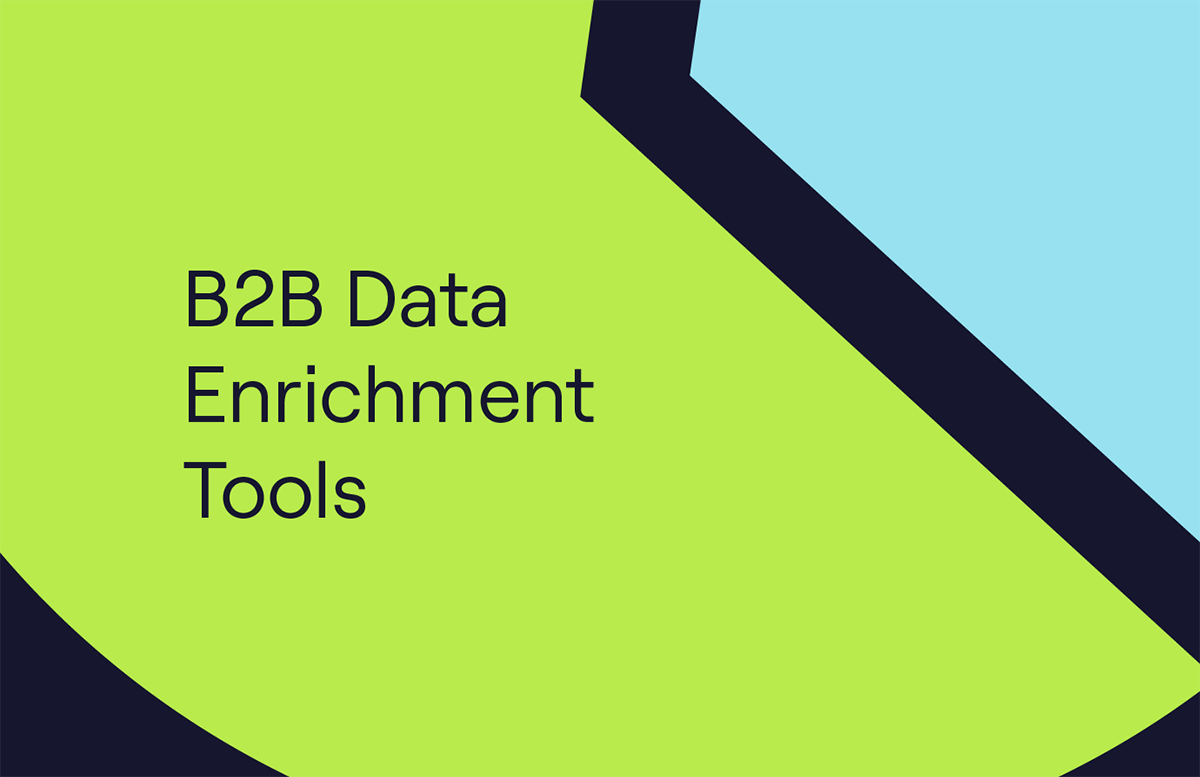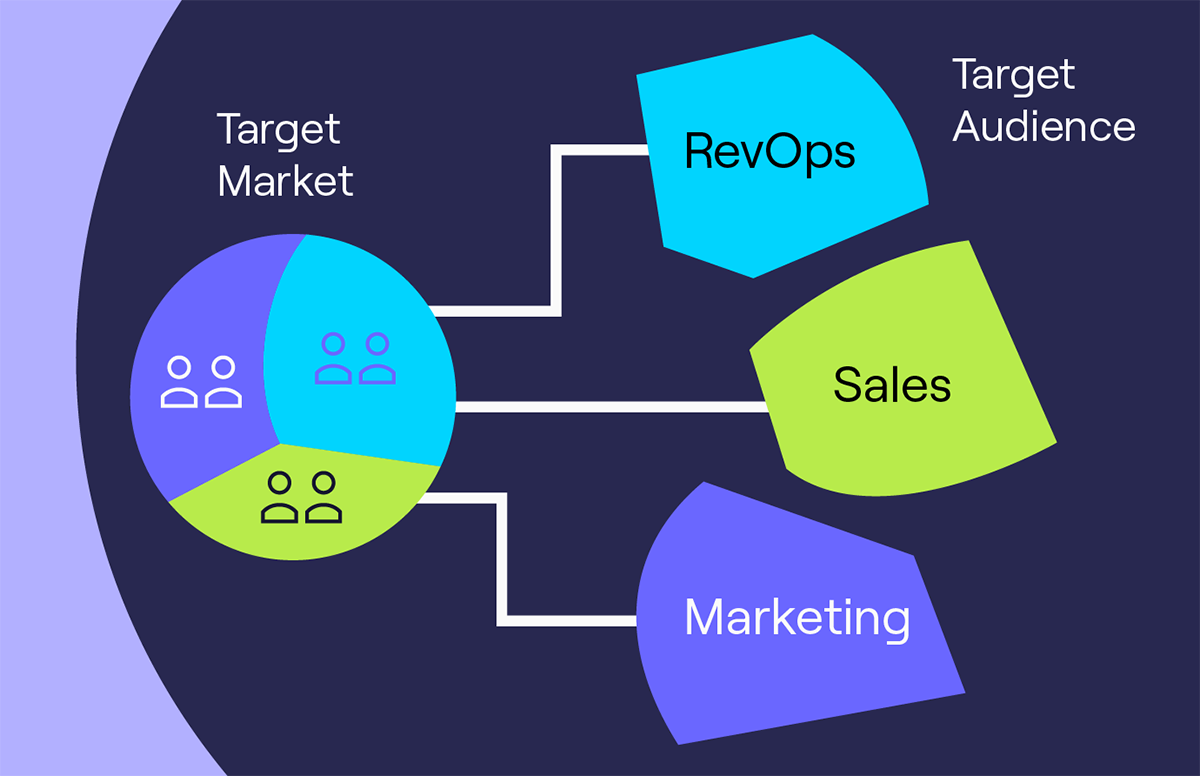What Is a Lead Source? Types and Best Practices for 2026
What's on this page:
Understanding your audience’s path to your brand is a game-changer in today’s marketing landscape. Lead sources are more than touchpoints; they’re insights that shape and drive impactful strategies.
This guide is your roadmap to mastering lead sourcing.
As we navigate types, tracking, and best practices, you’ll gain the tools to enhance the customer journey and ensure it resonates.
Ready for actionable insights?
Let’s dive in 👇
What is a lead source?
A lead source represents the channel or pathway through which potential customers first encounter your business. This could range from search engine results to social media posts, email campaigns, referrals, or other channels.
Recognising these sources is about understanding your target audience’s journey. This understanding helps you optimise your marketing strategies for more impactful engagements.
The value of lead sources
Identifying lead sources and analysing lead intelligence enables businesses to effectively refine their strategies and focus their efforts.
By determining which channels, like direct mail or social media, yield the most conversions and qualified leads, you can tailor your marketing efforts to enhance the buyer’s journey and shorten sales cycles.
Lead sources versus lead methods
Distinguishing between lead sources and lead methods is essential. A lead source refers to the initial channel that introduces a customer to your business.
In contrast, a lead method pertains to the tactics you use to interact with and nurture these leads. For example, if a customer discovers your business through Instagram, the platform is the lead source, and any follow-up phone call is the lead method.
Prioritising lead sources for targeted marketing
Focusing on specific lead sources allows for more targeted marketing strategies, built around a buyer persona. You can tailor your content and interactions to match your audience’s preferences. This results in more efficient lead management!
By dialling in on the most effective lead sources, you maximise the ROI of your marketing efforts. This also ensures a higher rate of qualified leads.
Integrating lead sources into your marketing strategy
Before exploring various lead sources and their strategic use, it’s vital to acknowledge their significance in:
- Enhancing the customer journey: Understanding how and why your audience interacts with your business allows you to provide more tailored content and experiences.
- Valuing lead sources: Identifying which channels are most effective for generating business helps you allocate resources strategically.
- Improving customer experience: Leveraging insights to refine the buyer’s journey to meet audience expectations more effectively.
- Streamlining lead conversion: Implementing measures for tracking and managing leads ensures a smoother conversion process.
The 7 most popular lead source channels
Sources of lead generation can be any channel through which a lead discovers your company or brand. Here’s a list of popular lead source examples:
1. Email marketing
Email is the best lead source for marketing. Every cadence, newsletter, campaign or shared bit of content helps generate more business.
Having a company newsletter is especially useful as it helps you connect with leads who aren’t ready to buy or reconnect with lost leads.
2. SEO
Optimising your website for organic search can be a valuable lead generation source. Especially if you’re looking to target leads in the USA or elsewhere.
Your click-through rate, SERP positioning, website authority and backlinks play a big part in driving traffic and attracting potential customers.
3. Paid ads
PPC, display ads, and social media targeting are all major players in lead generation. You’re creating more targeted leads by paying for ads because you’re getting in front of prospects who fit your ICP.
4. Social media
Social platforms can be some of the best lead source types.
LinkedIn, Facebook and YouTube can help you create brand awareness through organic posts and videos or paid ads and boosts to published content. It’s one of the best sources of finance leads.
5. Referrals
A form of demand generation, referrals are the easiest leads to land.
Since a trusted associate or friend has recommended you, these leads are warmer than others. They also stand a better chance of converting. Referrals generate sales leads in competitive industries like logistics and transportation.
6. Content
Blog posts and gated or ungated content all play a major role in lead source marketing.
Blogs contribute in creating organic traffic for SEO, and premium content that’s either gated or ungated helps build buyer relationships. The more value you have to offer a prospect, the better!
7. Events
Whether you choose to go virtual, in-person or hybrid, hosting or being invited as a guest to an event, sales podcast or webinar can be an asset for any organisation.
Not only are you showcasing the knowledge and expertise of your brand, but you’re also creating new connections and drawing hot leads to your business.
Discover more about using these channels to empower your sales team and bolster marketing efforts. Press ▶️ to watch.
9 rules for creating and managing lead sources
You’ll want to start creating lead sources for your business right away - but don’t jump the gun.
Understanding and implementing best practices for each channel will help you identify, analyse and improve the quality of the leads you receive.
Here are 9 best practices to implement:
1. Embrace CRM tools
Tracking and managing lead sources can be challenging without customer relationship management (CRM) software.
A CRM system can help store customer information and serve as a centralised database. It should be able to assign sources to each lead from a customisable list.
2. Lead source vs campaign naming
The golden rule for keeping track of your leads is to give them a separate name from your campaigns.
Sure, a campaign may be the source that got them to enter your sales funnel, but campaign names can change; this can create confusion down the line. Especially when it comes to reporting.
3. Keep it simple
If you’re using a CRM to track leads, avoid getting too specific with your lead source categories. You might use many channels, but including all of them in your CRM will only add clutter.
Instead, segment them into separate categories. For example, you could include tags such as email, social media and events.
4. Get granular with sources
Listing a lead source as “social media” is a good start, but it won’t always tell you enough. With so many different social media channels, you want to know if your lead came from Instagram or Facebook.
Get granular ― keep “social media” as the lead source, but include subcategories for every social media initiative you undertake.
5. Define your top performers
Create a report to discover where your leads are coming from. But remember that attribution software doesn’t track all lead sources. Track leads that come through dark social via your contact form.
Once you know where all your leads were generated, you can pinpoint your top-performing channels and put more effort into them over others.
6. Don’t be afraid to experiment
Experimentation is everything, especially in B2B marketing and sales. A/B test adverts, email campaigns and even SEO pages.
This will teach you a lot about what doesn’t work so you can focus on what does.
7. Audit your channels
Always go back to a channel and do an audit. Is it set up correctly, and are you doing your utmost to bring in leads? Sometimes, you’ll find that there’s an aspect of your channel that’s keeping them from converting.
For instance, a broken link, a form that’s too long or a website that takes too long to load.
8. Monitor CTA Performance with UTM Codes
Calls to action (CTAs) are crucial to lead generation, and if you’re running multiple lead generation campaigns, you’ll want to track all your CTAs. You can do this by attaching Urchin Tracking Module (UTM) parameters to your CTA links. This way, you’ll know which of your CTAs is your most effective lead source.
UTM parameters include information like campaign source, campaign medium and campaign name, which can help you keep tabs on which ads or marketing campaigns are driving leads. They’re tracked by adding a pixel or shortcode to your campaign assets. With UTM codes, you’ll know where a user saw your message and how they behaved after receiving it.
Tracking UTM parameters can help you determine whether your campaign was a success or not. Either way, these insights are crucial to planning future campaigns.
9. Ensure consistency in lead source tracking
A lead source is a potential customer’s introduction to your brand. So, if a lead subsequently engages with your company, don’t change their source in your records to reflect this subsequent interaction.
Your lead source is always the customer’s first point of interaction with your company, never anything that comes afterwards. Similarly, you should never list your lead source in your attribution records as a specific marketing or lead generation campaign.
Examples of lead source management software
To maximise the efficiency of your B2B lead generation channels, investing in lead source tracking is crucial.
Many organisations prefer open-source lead management software that seamlessly integrates with leading CRM systems. Here are three examples:
1. Salesforce
A leading CRM, Salesforce allows you to connect any tool that will make your job easier, but you can view your leads in multiple drag-and-drop pipelines, track lead sources and analyse them.
2. HubSpot
Use this all-in-one CRM platform to collect, track, manage, and measure leads and lead sources.
Even better, HubSpot helps scale your business with powerful marketing, sales and RevOps software and tools.
3. CallRail
This solution allows you to track and measure calls and your marketing campaigns for lead attribution by source.
Access reports for every lead source or your five favourites via a graph. Not only this, but CallRail includes a dashboard where you can view raw leads versus qualified leads.
Lead source FAQs
What does lead source mean in marketing?
A lead source is how a potential customer first finds out about your product or service. It plays a crucial role in gauging the effectiveness of your marketing efforts.
By identifying lead sources, businesses can more accurately tailor their marketing strategies and allocate resources to the most productive channels.
Can you give an example of a lead source?
Lead sources vary across businesses and industries. Examples include online advertisements, customer referrals, social media interactions, participation in trade shows, and direct email campaigns.
What is considered the best lead source for businesses?
The “best” lead source depends on your specific business model and ideal customer.
Digital channels, such as SEO-driven website traffic, social media platforms, and targeted online advertising, are increasingly effective. These methods allow for detailed tracking and analytics, enabling businesses to refine their strategies for optimal impact.
How does lead sourcing differ from lead generation?
Lead sourcing is about pinpointing where potential leads originate and understanding their journey towards showing interest in your services.
In contrast, lead generation is the overall process of attracting and converting individuals into prospects, without focusing on a specific source.
What are some best practices for tracking lead sources?
- Use advanced analytics: Implement tools to monitor interactions across various channels, providing a clear view of how leads engage with your brand.
- Integrate CRM with marketing platforms: Connect your CRM with marketing platforms for accurate lead source attribution and streamlined processes.
- Regularly review and adapt: Monitor each lead source’s performance and be ready to tweak your strategies based on these insights to stay effective and responsive.
- Segment leads: Organise leads by their sources to enable more tailored follow-ups, increasing the likelihood of successful conversions.
Better leads with Cognism
Another fantastic tool to look into is Cognism. This sales intelligence tool is a lead source in itself with GDPR-compliant, quality data on a global scale.
Why not sign up for a free demo?
Because with Cognism, you get:
- More calls that go through to the right contacts ✔️
- More confidence when prospecting ✔️
- More hot leads ✔️
- And more incoming revenue ✔️
Click to speak to our team 👇
/CTAs%20(SEO)/cognism-lead-generation-demo-webp.webp?width=624&height=239&name=cognism-lead-generation-demo-webp.webp)


